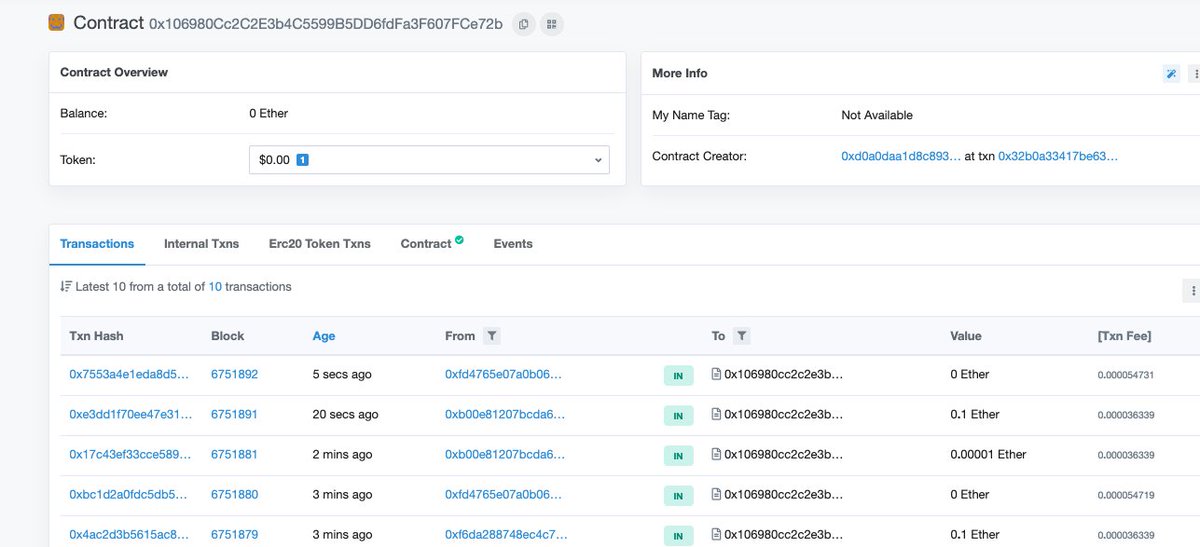
THORChain are please to unveil the @gauntletnetwork analysis of the liquidity-sensitive fee (slip-based) model of THORChain's continuous liquidity pools.
This work was commissioned to validate some assumptions around the model and to get a neutral third-party to challenge it.
This work was commissioned to validate some assumptions around the model and to get a neutral third-party to challenge it.
Gauntlet set a scenario where liquidity would choose between an XYK exchange (uniswap) and a CLP exchange (THORChain).
Three agents (LP, demand trader and arb trader) each with competing priorities interacted.
A "secondary market" provided the price paths.
Three agents (LP, demand trader and arb trader) each with competing priorities interacted.
A "secondary market" provided the price paths.

LPs monitored both exchanges and would move their funds where the ROI is highest.
This behaviour has already been seen today between Uniswap and Sushiswap (multiple times liquidity sloshed between both)
This behaviour has already been seen today between Uniswap and Sushiswap (multiple times liquidity sloshed between both)

Arbitrage agents simply pick the best execution, the size of which depends on the depth of the market, plus the fee they incur (30 BP XYK vs Variable CLP).
Noting that under low demand, CLP fees go to zero, but in high demand, CLP fees can be far higher than 30 BP.
Noting that under low demand, CLP fees go to zero, but in high demand, CLP fees can be far higher than 30 BP.

Finally the Demand Trader chooses an exchange where they get the best execution.
This is purely a function of the depth of the market for CLP, the deeper, the less fee.
This is purely a function of the depth of the market for CLP, the deeper, the less fee.

The key takeaways
* Slip-based fee improves returns for LPs in almost all market conditions
* IL is greatly reduced for CLP, and there are some price paths where LPs are in profit, despite IL.
* Slip-based fee can result in less volume, since demand traders may go elsewhere
* Slip-based fee improves returns for LPs in almost all market conditions
* IL is greatly reduced for CLP, and there are some price paths where LPs are in profit, despite IL.
* Slip-based fee can result in less volume, since demand traders may go elsewhere

This conclusion is consistent with THORChain's philosophy since the start:
"optimise for liquidity first, everything else comes later"
By driving maximal ROI for LPs, pools can become deep, which drives up volume, but reduces fees for traders.
"optimise for liquidity first, everything else comes later"
By driving maximal ROI for LPs, pools can become deep, which drives up volume, but reduces fees for traders.
This is serious validation for the liquidity-sensitive fee model, despite industry criticism since the start.
THORChain believe is it the correct approach and will continue to build.
Full report:
github.com/thorchain/Reso…
THORChain believe is it the correct approach and will continue to build.
Full report:
github.com/thorchain/Reso…

• • •
Missing some Tweet in this thread? You can try to
force a refresh










